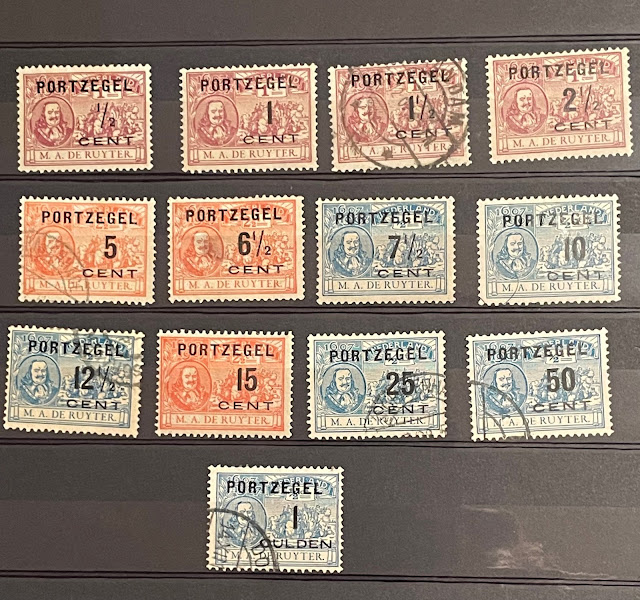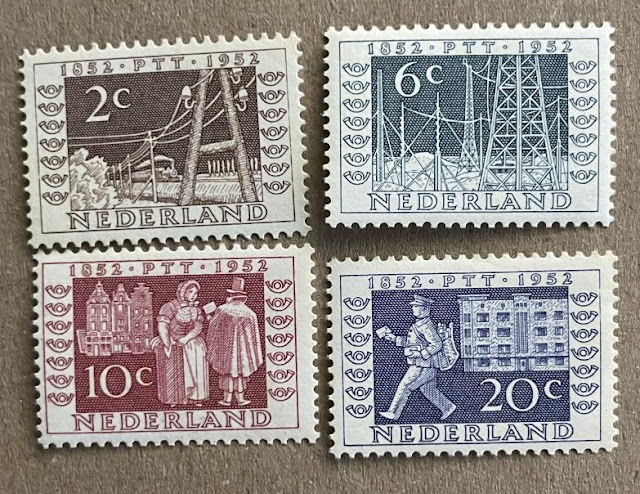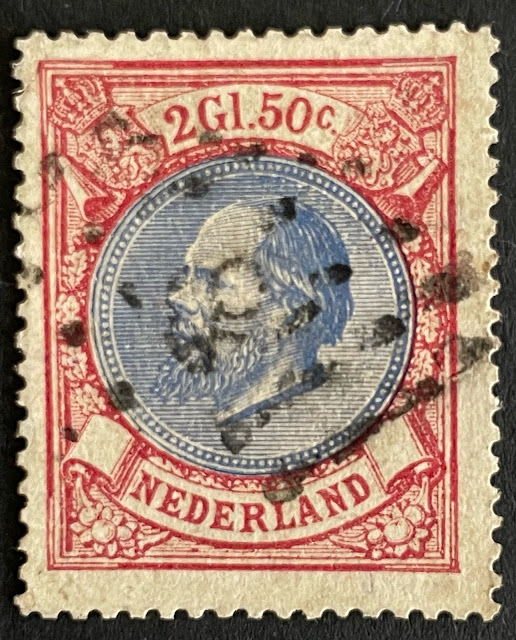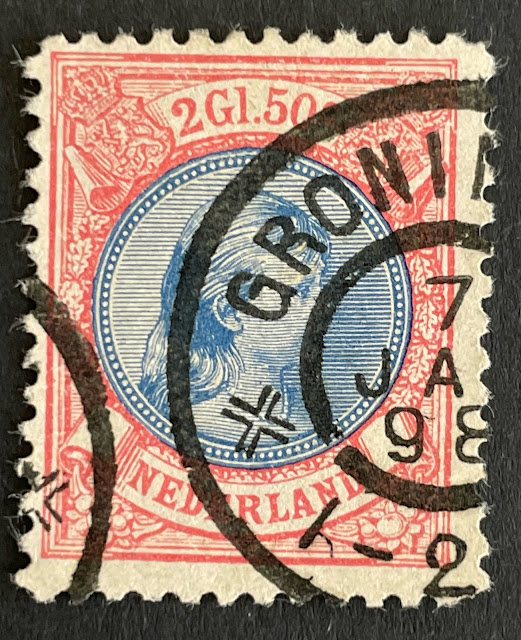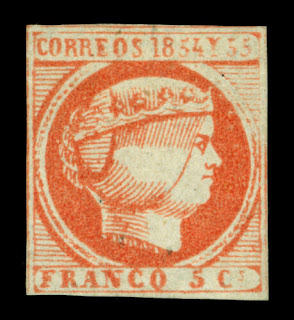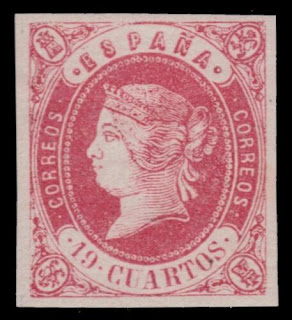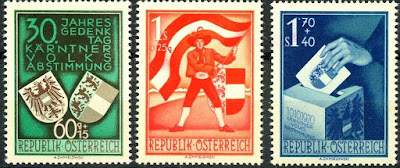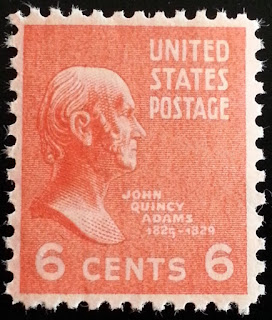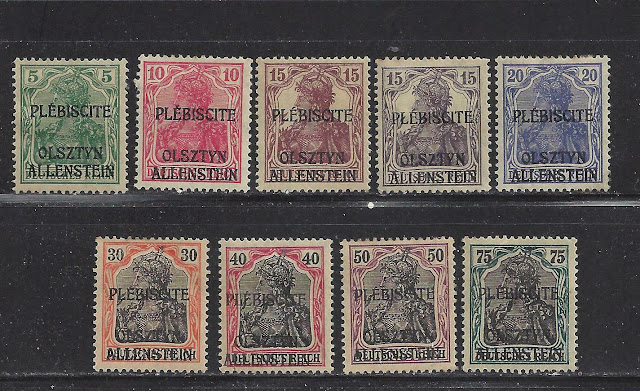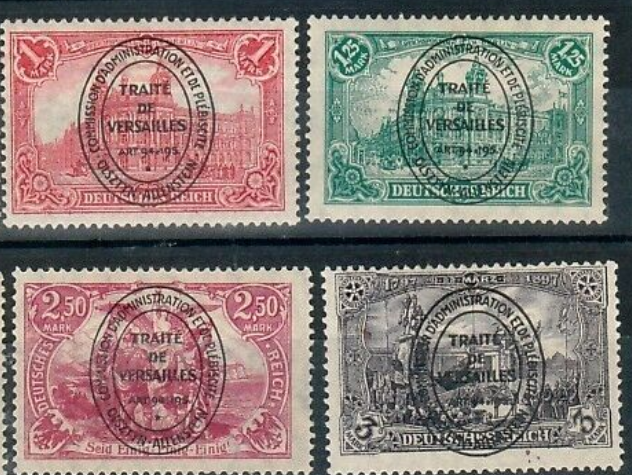Here are some events that happened on October 10th. It could be an event or a person that died or was born on that day
1659 Died: Abel Tasman, Dutch merchant and explorer (b. 1603)
Abel Janszoon Tasman (1603 – 10 October 1659) was a Dutch seafarer, explorer, and merchant, best known for his voyages of 1642 and 1644 in the service of the Dutch East India Company (VOC). He was the first known European explorer to reach the islands of Van Diemen's Land (now Tasmania) and New Zealand, and to sight the Fiji islands.
Tasman's ten-month voyage in 1642–43 had significant consequences. By circumnavigating Australia (albeit at a distance) Tasman proved that the small fifth continent was not joined to any larger sixth continent, such as the long-imagined Southern Continent. Further, Tasman's suggestion that New Zealand was the western side of that Southern Continent was seized upon by many European cartographers who, for the next century, depicted New Zealand as the west coast of a Terra Australis rising gradually from the waters around Tierra del Fuego. This theory was eventually disproved when Captain Cook circumnavigated New Zealand in 1769.
1830 Born: Isabella II of Spain (d. 1904)
Isabella II (Spanish: Isabel; 10 October 1830 – 9 April 1904), also known as La de los Tristes Destinos or the One with the Sad Destinies, was Queen of Spain from 1833 until 1868. She came to the throne as an infant, but her succession was disputed by the Carlists, whose refusal to recognize a female sovereign led to the Carlist Wars. After a troubled reign, she was deposed in the Glorious Revolution of 1868, and formally abdicated in 1870. Her son, Alfonso XII, became king in 1874.
Stamps from Spain and the Spanish Philippines depicting Isabella II
1920 – The Carinthian plebiscite determines that the larger part of the Duchy of Carinthia should remain part of Austria.
The Carinthian plebiscite (German: Kärntner Volksabstimmung, Slovene: Koroški plebiscit) was held on 10 October 1920 in the area predominantly settled by Carinthian Slovenes. It determined the final southern border between the Republic of Austria and the newly formed Kingdom of Serbs, Croats and Slovenes (Yugoslavia) after World War I.
The outcome of the plebiscite held on 10 October, was 22,025 votes (59.1% of the total cast) in favor of adhesion to Austria and 15,279 (40.9%) in favor of annexation by the Kingdom of the Serbs, Croats, and Slovenes. Assumed that the whole German-speaking minority had voted for Austria, also every second Carinthian Slovene had decided to remain with the Republic. While a majority in the remote Alpine villages on the slopes of the Karawanks range voted for Yugoslavia, the inhabitants of the densely settled Klagenfurt Basin were motivated by their evolved social and cultural, not least economic ties to the central Carinthian region.
After the Austrian option had gained a majority of votes in predominantly Slovene Zone A, the second stage of the referendum in northern Zone B, populated chiefly by German speakers, was not carried out. Another Yugoslav foray was fiercely rejected by the Entente powers. The Carinthian Plebiscite region was placed under Austrian administration on 18 November 1920 and declared part of the sovereign Austrian Republic on November 22. Up to today, October 10 is a public holiday in the State of Carinthia.
The plebiscite ultimately determined the border between Austria and the Kingdom of Serbs, Croats, and Slovenes. The border remained unchanged after World War II, even as the Kingdom of Yugoslavia gave way to Josip Broz Tito's Socialist Federal Republic of Yugoslavia, though at the end of the war Yugoslav Partisans again briefly occupied the area, including the capital city of Klagenfurt. Since the disintegration of Yugoslavia, the border has separated Austria and Slovenia.
Austrian stamps commemorating 30 years since the Carinthian plebiscite
Austrian stamps issued in 1920 for the Carinthian plebiscite
Slovenian (as part of the Kingdom of Serbs, Croats and Slovenes) stamps issued in 1920 for the Carinthian plebiscite

